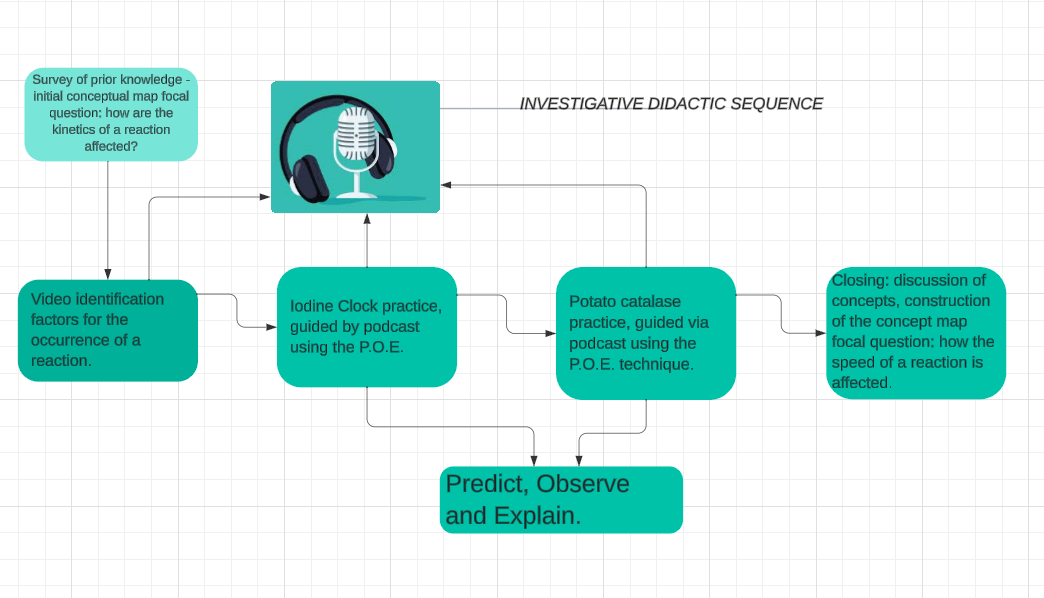UMA SEQUÊNCIA DIDÁTICA INVESTIGATIVA UTILIZANDO A TÉCNICA PREDIZER OBSERVAR E EXPLICAR NA BUSCA DA APRENDIZAGEM SIGNIFICATIVA DOS CONCEITOS DE CINÉTICA QUÍMICA
DOI:
https://doi.org/10.36524/ric.v10i2.2438Keywords:
educational product, chemical kinetics, meaningful learning, didactic sequenceAbstract
This article presents a didactic sequence developed at PROFQUI, the National Network Professional Master program at the Federal University of Rio Grande do Sul, where potentially significant teaching material is applied, focused on the teaching of Chemical Kinetics. The Didactic Sequence contextualized low-cost practices for its execution, involving the Predict, Observe and Explain technique with the technological resource podcast as a means of guiding the practices. The participating public were two second-year high school classes from a public school in Porto Alegre. Data analysis was carried out through the collection of initial and final questionnaires and conceptual maps. The results indicate an expansion in the students’ cognitive structure of which were able to outline the key concepts of the teaching subject using instructional video, which could be deepened through experimental practices. The success of this proposal remains clear with the construction of the two proposed conceptual maps: one prior of the realization of the activities e other after, showing the appropriation of the knowledge by the students. The P.O.E technique, combined with experimental activities, places the student as an active subject in the learning process, as well as mobilizing the willingness to learn.

Downloads
Published
Issue
Section
License
Copyright (c) 2024 Revista Ifes Ciência

This work is licensed under a Creative Commons Attribution-NonCommercial-NoDerivatives 4.0 International License.
Autores que publicam nesta revista concordam com os seguintes termos:
- Autores mantém os direitos autorais e concedem à revista o direito de primeira publicação, com o trabalho simultaneamente licenciado sob a Licença Creative Commons Attribution que permite o compartilhamento do trabalho com reconhecimento da autoria e publicação inicial nesta revista.
b. Autores têm permissão e são estimulados a publicar e distribuir seu trabalho online (ex.: em repositórios institucionais ou na sua página pessoal) a qualquer ponto antes ou durante o processo editorial, já que isso pode gerar alterações produtivas, bem como aumentar o impacto e a citação do trabalho publicado (Veja O Efeito do Acesso Livre).


